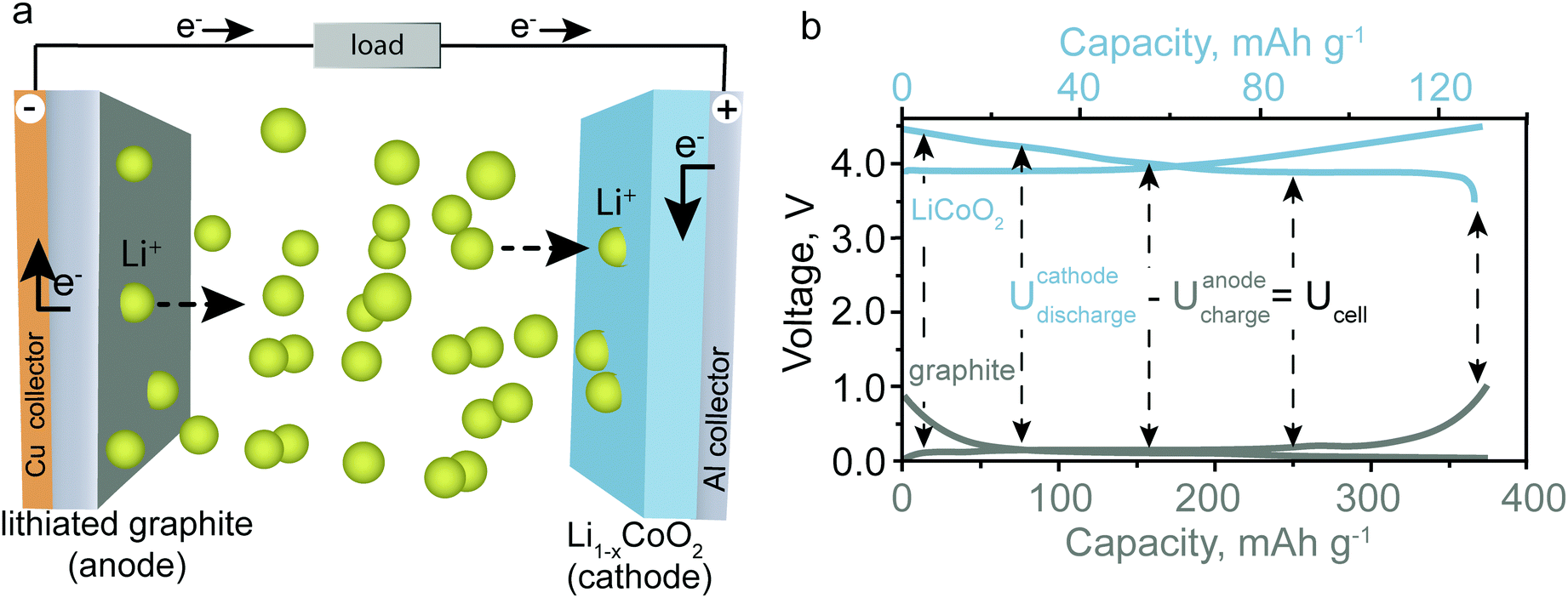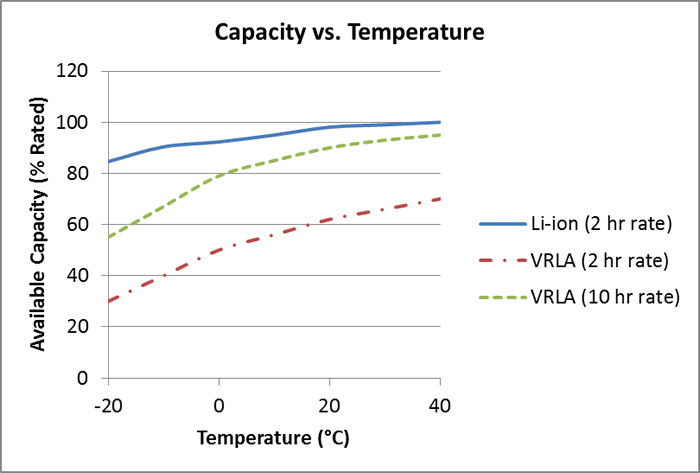
ISCr in lithium-ion batteries is under intensive study because of its significant impact on the batteries’ safety. The possible hazards of ISCr remain unknown due to the insufficient number of studies to reveal the entire overdischarge process. studied the process of overdischarge and inferred the occurrence of ISCr from the temperature 10. reported incidental ISCr after the cell was overdischarged and cycled 9. Overdischarge can lead to ISCr, which may cause thermal runaway during cycling.
Lithium ion battery pulse discharge test conditions series#
Cells are connected in series in actual battery packs and a cell voltage lower than 0 V can occur when a cell is overdischarged. However, most tests in the literature were terminated when the cell voltage dropped to 0 V, leaving the further influences of overdischarge unclear. used succinonitrile as an electrolyte additive, which can form a passive layer on the Cu collector, to avoid Cu dissolution during overdischarge 19. avoided the high-level potential at the anode by adopting an Li 2NiO 2-added cell, which exhibits a near-cathode-limiting configuration 14. Three-electrode measurement was introduced for overdischarge testing to monitor the over-potential at the anode. Researchers have proposed several approaches to diminish the consequences of overdischarge. The dissolution of the Cu collector also affects the lifespan of the battery 17. The changes in the morphology of the components within the lithium ion battery lead to capacity degradation. The side reactions that occur during extreme overdischarge result in the solid-state amorphization of the transition metal compounds 16. Moreover, the morphology of the cathode materials also changes during overdischarge. The growth of the SEI films can lead to degradation of the electrochemical charge transfer processes in the electrodes 17, as indicated by the impedance increment at low frequency 9, 18. New SEI films form on the anode when the cell is recharged. Simultaneously, over-deintercalation of lithium at the anode during overdischarge causes decomposition of the solid electrolyte interface (SEI) and the decomposition of SEI generates gases, including carbon dioxide 15. The anode potential increases abnormally during overdischarge thus, the Cu current collector of the cell is oxidized to Cu 2+ 9, 14. Several previous studies have cast light on the overdischarge mechanisms of lithium-ion batteries 9, 15, 16, 17. Therefore, overdischarge and its impact on batteries must be investigated. Batteries are increasingly subjected to the conditions of overdischarge as greater numbers of cells are connected in series for a system requiring high voltage, such as electric vehicles 14. Overdischarge is a common type of abuse that may lead to safety problems, such as ISCr 9.

The safety of lithium-ion batteries exposed to extreme conditions has been analyzed in previous studies in terms of thermal runaway 6, 7, overcharge 8, overdischarge 9, 10 and internal short circuit (ISCr) 11, 12, 13. However, the safety of lithium-ion batteries must be guaranteed before widespread application 2, 3, 4, 5.

Lithium-ion batteries are currently used as power sources for electronic devices due to their high energy density and extended lifespan among comparable battery technologies 1.

Inducing the ISCr by overdischarge is effective and well controlled without any mechanical deformation or the use of a foreign substance. A prognostic/mechanistic model considering ISCr is used to evaluate the resistance of ISCr ( R ISCr), the value of which decreases sharply at the beginning of ISCr formation. The scanning electron microscopy (SEM) and X-ray diffraction (XRD) results indicate that the overdischarge-induced ISCr is caused by Cu deposition on electrodes, suggesting possible Cu collector dissolution at the voltage platform near −12% SOC. A significant voltage platform is observed at approximately −12% SOC and ISCr is detected after the cell is overdischarged when passing the platform. This paper investigates the entire overdischarge process of large-format lithium-ion batteries by discharging the cell to −100% state of charge (SOC). However, most of previous research on the overdischarge of a cell was terminated when the cell voltage dropped to 0 V, leaving the further impacts of overdischarge unclear. Overdischarge results in various side effects, such as capacity degradation and internal short circuit (ISCr). Lithium-ion batteries connected in series are prone to be overdischarged.


 0 kommentar(er)
0 kommentar(er)
